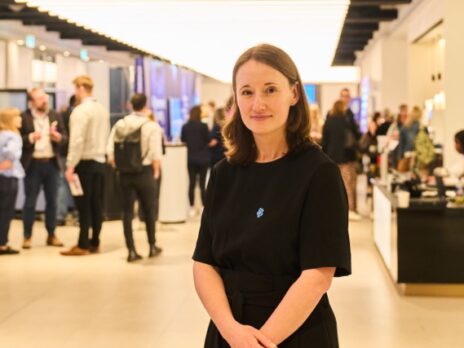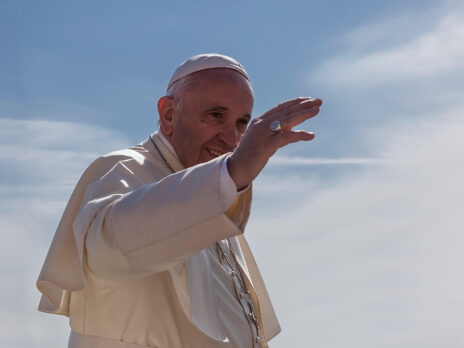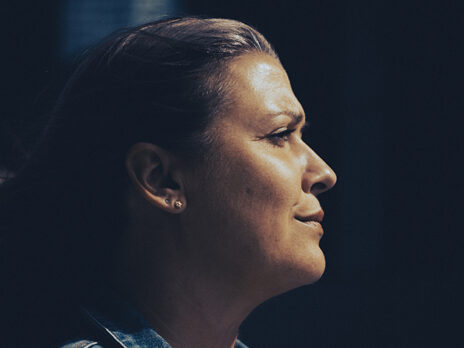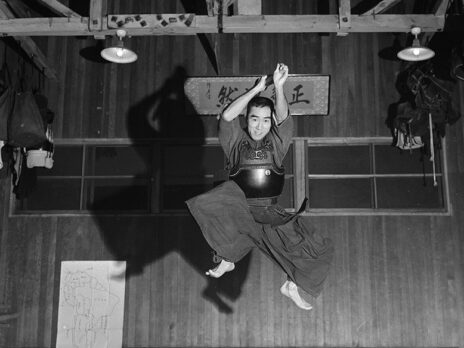
Rachel Cusk is the author of 12 novels and six works of non-fiction. Born in 1967 in the Canadian city of Saskatoon to British parents, she spent her early years in Los Angeles and from the age of seven was raised in Bury St Edmunds. Her first novel, Saving Agnes, was published in 1993. In 2001, her desire to describe the psychological condition of childbirth and early motherhood found expression in a groundbreakingly frank memoir, A Life’s Work, which provoked divided responses of acclaim and, as Cusk later reflected, “cruelty and rudeness and viciousness”. Her memoir of divorce, Aftermath, followed. In 2003, she was chosen as one of Granta’s Best Young Novelists.
Her Outline trilogy of novels – Outline (2014), Transit (2016) and Kudos (2018) – marked a departure in style, form and approach. Celebrated for their cool, clear prose and described by one critic as a “a provocatively inverted form of autofiction”, these books follow an often-silent narrator as she travels and encounters strangers who deliver long, discursive monologues that veer from the banal to the profound. All three were shortlisted for the Goldsmiths Prize: Deborah Levy, who was on the judging panel in 2018, praised their “perfect synthesis of form and content”.
Cusk’s most recent novel, Parade, is a further departure and innovation. Its four sections – “The Stuntman”, “The Midwife”, “The Diver” and “The Spy” – are all linked by an unnamed narrator moving between unspecified cities, and an interest in visual artists all known enigmatically as “G”. There is “the artist G” who “began to paint upside down”; “the female sculptor G” who produces soft, genderless bodies; “G, a late-nineteenth century woman painter dead of childbirth at the age of 31”; “the Black artist G” who paints a cathedral on a tiny canvas; the “wild” female artist G who paints “pornographic and gleeful” works; “the filmmaker G” who makes “natural and poetic” films.
Fragmented and oblique, Parade blends essay and fiction, slipping between first person, third person and first-person plural narration. The novelist and Goldsmiths judge Sara Baume wrote: “People die, perspective shifts, scenery changes, and yet there remains a clear, sharp line of thought that holds the reader. In effortlessly beautiful prose Cusk challenges the conventions of the novel form as well as addressing the relationship between literature and visual art.”

Anna Leszkiewicz: Parade features several artists and is not the first novel of yours to do so. Can you tell us about a particular piece of art that was important to you in the writing of this book?
Rachel Cusk: Georg Baselitz’s inverted landscapes and Louise Bourgeois’s late fabric works were important to me in trying to formulate a more visual and spatial account of gender.
What draws you to writing about visual art? Can works of art – imagined or real – be successfully recreated in prose?
To a degree it’s a frustration with text and language that pushes me towards visual art. But I’m certainly not trying to re-create artworks. Rather I’m trying to see whether the techniques that go into image-making can be applied to language.
Parade opens as a painter, known only as G, begins to paint upside-down in order to be “free of the constraint of reality”. Is that freedom something you aim for in your own work?
The constraint of reality is an indispensable element of language – we have enough examples in literature and in life of what happens when you interfere with that relationship. For me, freedom can only come by finding the truth-value of reality and creating agreement around it.
To borrow a phrase from Parade, what might “the virtues of difficulty” be in literature?
I think I say in the book that some people might want things to be difficult – that difficulty is a sign of the limits of the self and its knowledge, hence an opportunity to expand and develop, to get away from the way in which one has been formed.
You write in the novel that “art is the pact of individuals denying society the last word”.
Art will always have its basis in individuals, both the individuals who make it and the individual response that looking at or reading or listening to works of art entails. So it is the opposite of the group. It represents a different theory of power.
In an essay on the pioneering women artists of German modernism, you write: “In the visual arts more perhaps than in any other medium, the unconscious acceptance of a masculine vision automatically renders the woman artist unfree.” Is the woman writer similarly unfree?
Perception plays a different role in writing, in that writing doesn’t have the possibilities of coercion and power that painting does – or at least doesn’t display them in the same way. Writing can be secretive and to a degree anonymous, so in that way the woman writer is to some degree free.
In what way might your writing be considered “feminine”?
I suppose my writing is feminine to the degree that I am – I’ve described rather than chosen that situation.
In a 2009 essay, you wrote that women writers “are sometimes to be found receiving the winner’s cheque for the Man Booker or Costa prizes, just as they are sometimes to be found piloting your flight home from New York”. Do you think the landscape has changed since then?
I’m not sure about the pilots, but I’m guessing the problems of faux-equality are still with us. Though I do get the impression that women are writing more boldly and radically about female experience in this moment, and that their work is being recognised, by readers at least.
In what ways did you want Parade to go further in its formal innovations than the Outline trilogy?
I wanted to invoke a new level of disorder in terms of the self’s general belief in reality, and create something that also might represent a form of escape from the self. In that sense the book is pushing against the conventions of the novel.
Parade’s narrator asserts of the art world: “The marginal becomes the central only later on, after the wars of ego have been fought, like a peacemaker arriving at the battlefield after the conflict has ended.” Do you think this is true of literary culture? Can prizes such as the Goldsmiths aid in moving works from the margins to the centre?
I have a lot of faith in the discipline and the morality of creativity, and its marginality is an essential component of that morality. True creativity refuses to be altered or extinguished by the violence that is always present at the centre of things. The Goldsmiths Prize, it seems to me, tries to recognise rather than change that situation, which is what constitutes its great value to readers and writers.
“Parade” by Rachel Cusk is published by Faber and Faber. The winner of the 2024 Goldsmiths Prize is announced on 6 November. Read more interviews with the shortlisted writers here.
This article appears in the 07 Nov 2024 issue of the New Statesman, Trump takes America





